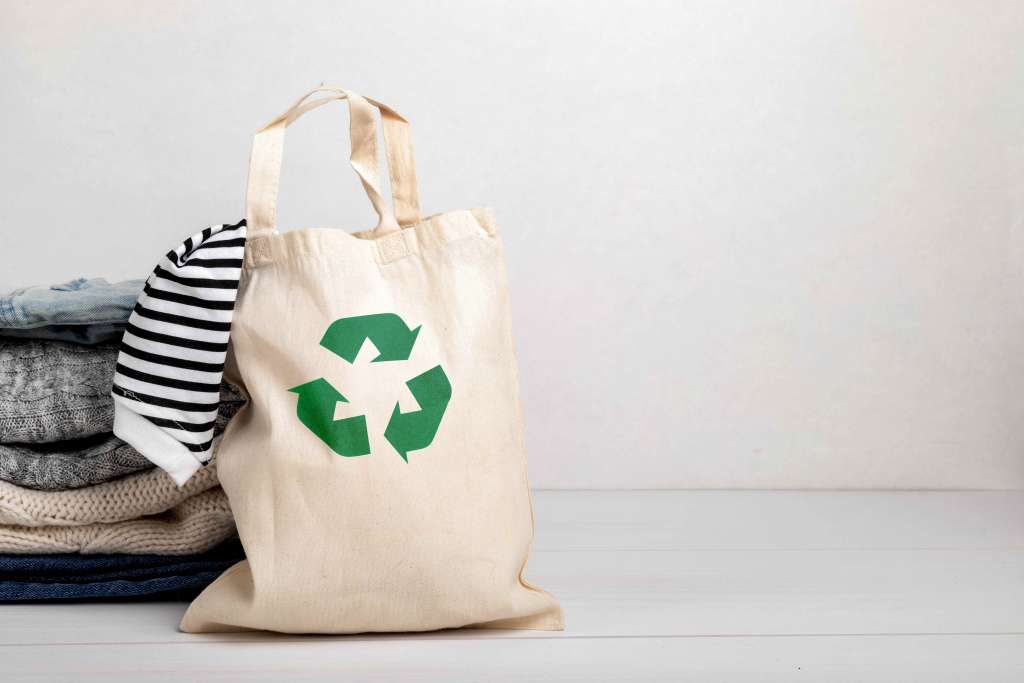Social Sustainability and the Conscious Consumer



Summary: Conscious consumerism is a byproduct of a brand’s social sustainability practices. Today, conscious consumers seek value from brands. Fashion brands can benefit by responding to the call for sustainability.
Fashion and Us: The Scenario Today
Fashion brands have often been in news for their unsustainable supply chain practices. Today, consumers are more aware of their social and environmental responsibilities. With this, fashion brands cannot be far behind in implementing sustainable methods.
According to the UNEP, up to 10% of the global carbon dioxide output comes from fashion. This is greater than emissions from international flights and shipping combined. Fashion is also the fifth-largest contributor to the 300 million tons of plastic produced worldwide each year.
This puts fashion brands in an interesting spot. Today's conscious customer seeks value from brands. On this front, social sustainability helps build a brand's value beyond the scope of business.
The myth that recycled or upcycled fashion is a stop-gap measure is waiting to be demystified. Cumulative efforts to improve brand image while adhering to sustainability will spell the future of sustainable fashion.
Millennials: Influencing Sustainable Fashion

As of 2021, millennials formed a majority of the US population at 21.75%. Millennials also have the second-highest mean disposable household income. This socially and environmentally conscious generation has sparable income and is an active advocate for sustainable choices.
Social Sustainability and Transparency
Conscious consumerism stems from a brand's social sustainability practices and the conscious decision of consumers to avail of said services and products.
The value associated with social sustainability and responsibility cannot be undermined. Social media, corporate firms, institutions, and brands have shifted focus to their social sustainability image—organically or through policy.
Presenting precise information with a clear mention of probable outcomes can intrigue consumers enough to act according to what a brand suggests. Clear communication and suggestive wordplay can help brands achieve this.
Sustainability Marketing: A Social Art

Human beings are driven by purpose. But more importantly, they are driven by the perception of what makes them “fit in.”
Social sustainability marketing requires a clear objective and plan of action. Fact-based costing, informative advertising, compliance with human rights due diligence (HRDD), and the like can help brands gain popularity. "Hope and pride can be particularly useful in driving sustainable consumption," a Harvard Business Review article stated.
For example, in 2010, Unilever spoke about how palm oil harvesting led to rainforest destruction, positioning itself as a brand that chooses sustainable farming. Unilever tried leveraging what researchers call "self-efficacy" to call for action. They stated—“What you buy at the supermarket can change the world…. Small actions, big difference.”
What Fashion Brands Can Do
The fashion and apparel industries are dynamic and have transformed with changing times. Fashion brands can choose how to build on such trends, monetize them, and propagate them in a format acceptable to consumers.
Marketing campaigns and tactics attract consumers to a cause. The aim is to portray that we (the brand and the consumer) are in this together. Incentives such as product offerings and discounts can also help promote the social sustainability stance of brands.

Power in Numbers and Self-Image
Data suggest long-term success for brands keeping sustainability in mind. As per a Vantage Market Research report, the Global Green Technology and Sustainability market size may reach USD 44.4 billion by 2028 and show a Compound Annual Growth Rate (CAGR) of 26.4% during the forecast period.
Going green is a lifestyle choice now. Social visibility based on sustainable choices drives self/brand image. However, only time and effective promotion can shape people’s perception of green products in the long run.
What's Next?
The pool of conscious customers is expanding rapidly. Brands must align themselves with the green vision to stay relevant in years to come. The time is nigh to reimagine traditional methods and make way for sustainability.
Stay one step ahead of the sustainability curve with Fashinza's new-age approach to fashion and manufacturing. Use our AI-driven platform to partner with manufacturers and suppliers who can make your dreams of going green true. To know more, visit us at Fashinza.com.
Key Takeaways:
1) The Global Green Technology and Sustainability market size is expected to reach USD 44.4 billion by 2028.
2) Millennials are driving the need for eco-consciousness in the products they purchase.



















